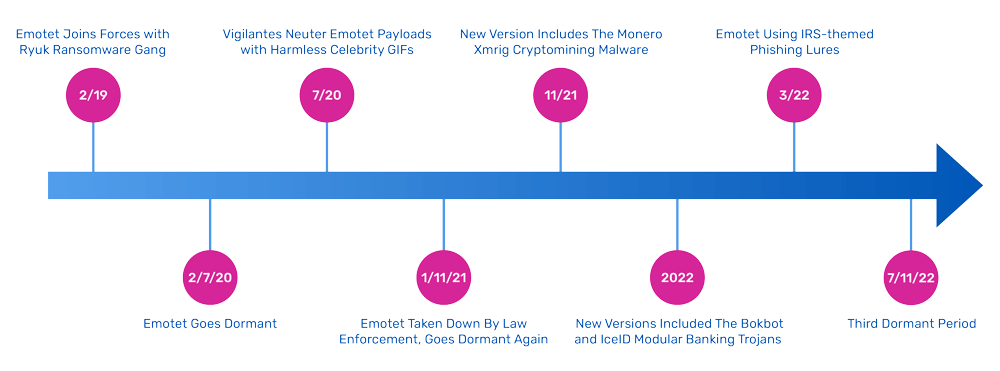CBD is not what you think it is. I know many of us think that CBD has something to do with drugs, but another version of the abbreviation has to do with central bank digital currencies or CBDC to be more accurate. As the legal spectacle of Sam Bankman-Fried of FTX unwinds in various courts, it might be time to focus our attention on CBDC and how the world’s banks are moving quickly into this legal type of cryptocurrency — call it bitcoin for banks if I want to be cute about it.
The idea is taking hold around the world. The Atlantic Council keeps track of these projects and to date 11 countries have active CBDC programs, mostly in the Caribbean plus Jamaica, Bahamas, and Nigeria. Yes, that Nigerian prince wants your bitcoins! How ironic can that be? Another 17 countries are engaged in pilot projects, most notably in China (which intends to expand its pilot from 230M people to cover the remainder of its population in 2023) and other parts of Asia along with several in the Middle East, including Saudi Arabia, UAE and Iran. And Australia, Thailand, Brazil, India, South Korea and Russia intend to continue or begin pilot CBDC testing in 2023.
CDBC has a lot of different reasons for this growth spurt.
- First off, banks want to be a safer source of crypto. Certainly, a central bank moves slowly because they have to. But there is a lot of appeal and they want to be involved.
- They also want to promote financial inclusion by providing easy and safer access to money for their unbanked and underbanked populations. Governments and central banks realized they needed a faster way to get money in people’s hands.
- They can introduce competition and resilience in the domestic payments market, which might need incentives to provide cheaper and better access to money. This is not a new idea: net-based payments have been around since the 1990s. But the central banks could help make payments more efficient and also lower transaction costs.
- CBDC also can help create a new category of programmable money, through smart contracts and other new payment automation methods.
- The banks see an opportunity to improve transparency in money flows and make these flows more seamless.
- The open source community has responded. MIT is spearheading an “Open CBDC” effort that has the US Fed’s interest.
- Finally, the banks need to have better ways to transfer funds internationally. A cross-country CBDC system could be the solution, avoiding any need for the SWIFT system. The Ukraine war has also motivated banks to get on board with better international tracking methods that a cryptocurrency could provide.
CBDC isn’t for every country: there have been two cancelled projects so far — in Senegal and Ecuador — but that is to be expected.
“A CBDC could be an opportunity for a ground-up redesign of our legacy payment systems, offering a chance to reimagine market roles and incentives and to solve foundational problems in our financial system,” as the OpenCDBC project writes in their FAQ. The trick is navigating the numerous challenges around protecting user and payment data, understanding the resulting impacts to financial stability, and to properly leverage the current innovation in the private crypto sector. Certainly, that is a lot to consider.

 Bruce Schneier’s work has withstood the test of time and is still relevant today.
Bruce Schneier’s work has withstood the test of time and is still relevant today.

 When we first thought about the plausible future of a real Skynet, many of us assumed it would take the form of a mainframe or room-sized computer that would be firing death rays to eliminate us puny humans. But now the concept has taken a much more insidious form as — a chatbot?
When we first thought about the plausible future of a real Skynet, many of us assumed it would take the form of a mainframe or room-sized computer that would be firing death rays to eliminate us puny humans. But now the concept has taken a much more insidious form as — a chatbot? With the reinstatement of previously
With the reinstatement of previously